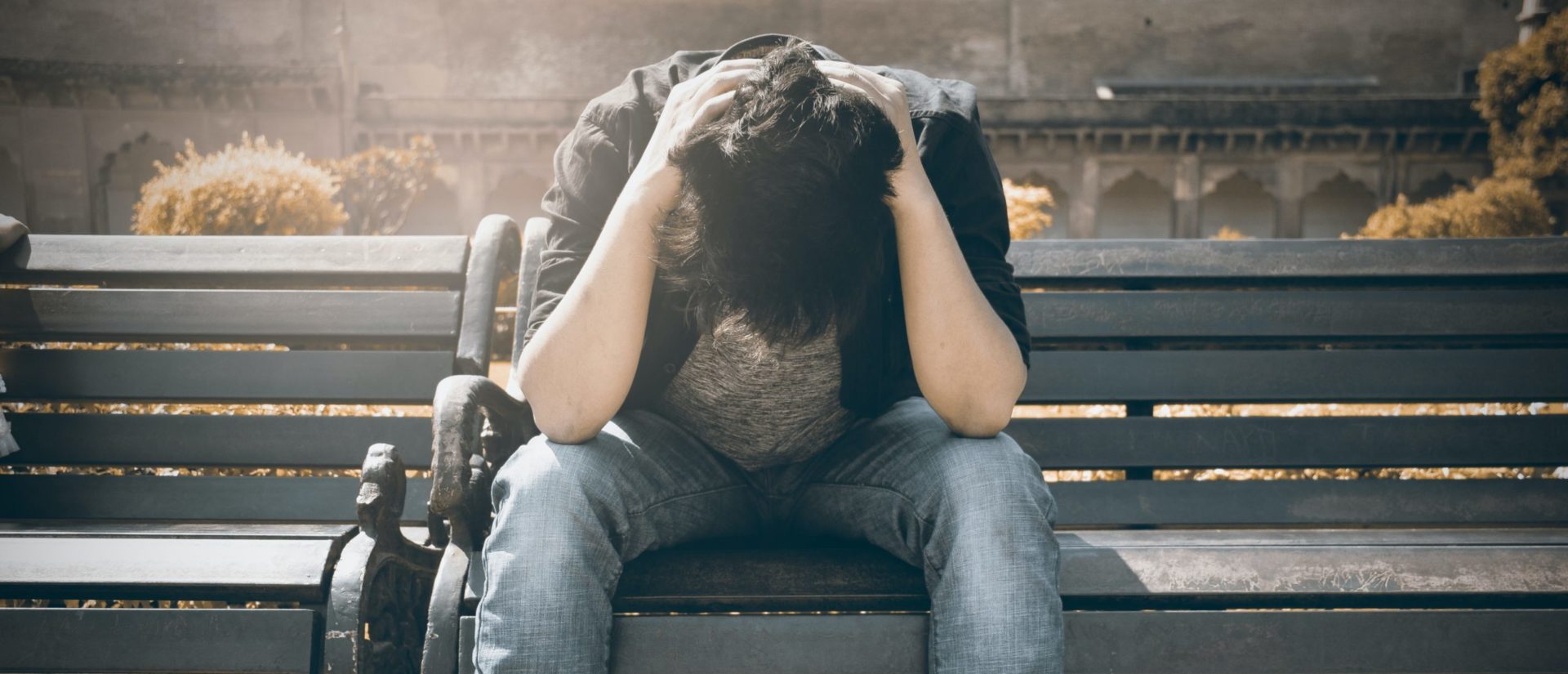[This essay was originally published in a MEDIUM essay by Jose Antonio Tijerino, CEO and president of the Hispanic Heritage Foundation.]
While the end of the year is typically a time of joyful celebration and deep reflection for Latino families, this year brought decidedly less celebration as we struggled with more grieving and a greater need to cope due to the disproportionate death rate of Latinos and other minorities.
COVID has impacted Latino families at alarming levels, leading to an-often-not-discussed “Grief Gap,” which will loom even larger after another historic cycle of living and dying with the pandemic.
The U.S. Centers for Disease Control and Prevention estimates that Latinos and other minorities are two to three times more likely than whites to die from COVID. Latinos are dying at much younger ages than other groups — 37% of Hispanic deaths were of those under 65 years of age, compared to 12% for whites.
This is a result of Latinos and other minorities having less access to health care while having higher rates of diabetes and high blood pressure, among other challenges, including five out of six Hispanics not being able to work from home, before and during this devastating pandemic. We are also more likely to live in multi-generational homes, which exposes vulnerable family members to this insidious virus and raises the chance of someone dying in a household.
One in five children, overall, will experience the death of someone close to them by the age of 18 and those numbers have certainly risen during the COVID-era and for Latinx, Native American and Black children. Our children go through an often-isolated emotional, physical, and psychological rollercoaster including withdrawal, confusion, depression, and post-traumatic stress during the grieving process. Often with the Latinx community, the grieving process for children can be further complicated by cultural norms that aren’t always encouraging of the expression of grief — especially among immigrants — many of whom are simply trying to survive while navigating America’s often coarse waters.
Which is why we need to close the Latino Grief Gap by providing grieving Latinx children with resources such as The National Alliance for Grieving Children and the Dougy Center and provide access to programs such as Experience Camps, which combines the best elements of summer camp with a clinically-informed model that creates a community of peers who understand exactly what they are going through while normalizing grief.
“We often hear from our Latino campers about the pressure they feel to take care of their family and keep their emotions in check,” said Sara Deren, Founder and Chief Experience Officer of Experience Camps. “In a community that has been rocked by loss during the pandemic, those expectations can have long-term consequences for children who are grieving.”
Asking for help or expressing sadness in our Latinx culture is often seen as a weakness as well as a burden on the family. Mental health has become a priority for the Hispanic Heritage Foundation to help move forward from the pandemic which has invaded our households, our classrooms, our workforce and in our communities.
In this new year, with an eye toward healing from the COVID calamity, a priority should be to change the narrative around grieving and increase our support systems.
And with the most common age for Latinos being 11 (for Whites it’s 58!), we need to start with our children.
 Jose Antonio Tijerino is president and CEO of the Hispanic Heritage Foundation, a national nonprofit focused on education, workforce, social impact, and culture through innovative leadership. HHF under Tijerino’s leaderhip is recognized as a creative, agile, impact-focused organization recognized by The White House, US Congress, Fortune 500 companies, other nonprofits and the Government of Mexico. Tijerino is also executive producer of the Hispanic Heritage Awards at the Kennedy Center, which are broadcast on PBS. Prior to HHF, Tijerino was an executive at Fannie Mae Foundation, Nike, Burson Marsteller, and Cohn & Wolfe.
Jose Antonio Tijerino is president and CEO of the Hispanic Heritage Foundation, a national nonprofit focused on education, workforce, social impact, and culture through innovative leadership. HHF under Tijerino’s leaderhip is recognized as a creative, agile, impact-focused organization recognized by The White House, US Congress, Fortune 500 companies, other nonprofits and the Government of Mexico. Tijerino is also executive producer of the Hispanic Heritage Awards at the Kennedy Center, which are broadcast on PBS. Prior to HHF, Tijerino was an executive at Fannie Mae Foundation, Nike, Burson Marsteller, and Cohn & Wolfe.
